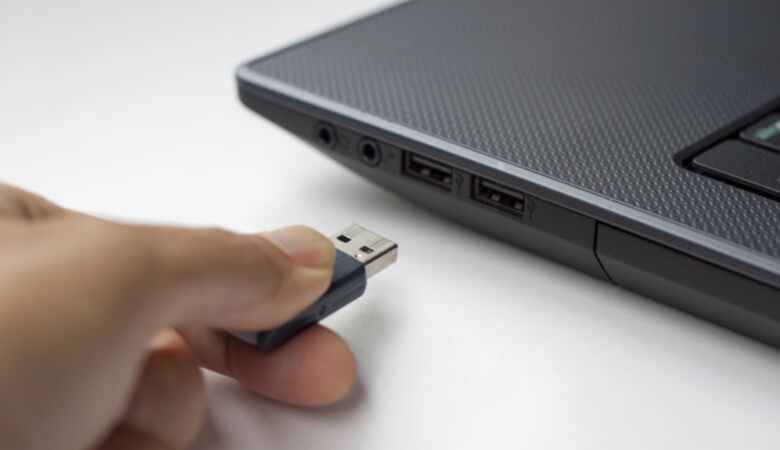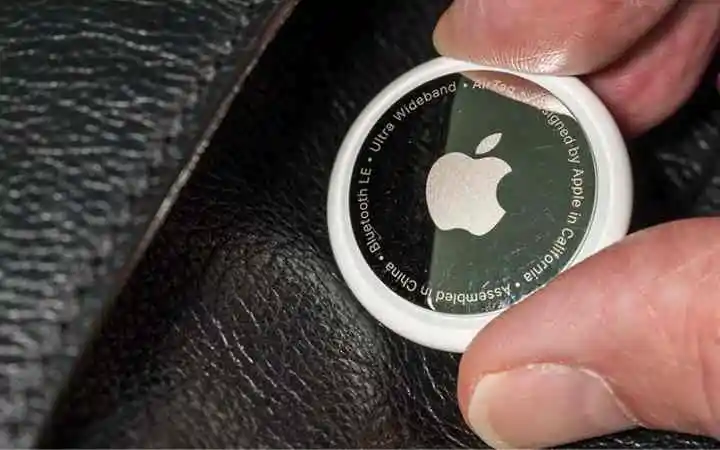How Smartphone Cameras Have Changed the Photography Industry

From the very beginning, smartphones have established themselves as a more compact and convenient alternative to cameras. For some time now, they have even begun to claim the place of professional equipment. It’s difficult to pinpoint the starting point when modern smartphone cameras became the “second eyes” through which we look at the world. They are used every day during walks, tourist trips, school, work, and even professional filming. Camera phones have become so commonplace that classic cameras already cause surprise and even misunderstanding in many people.
First steps
Smartphone cameras have gone through a long and thorny path of evolution, at the beginning of which they could hardly compete with even budget cameras. As a rule, the first mobile photos did not have high detail and dynamic range. In difficult lighting conditions, they were easily subject to overexposure and digital noise.
This balance of power did not last long: the annual update cycle and huge demand accelerated the development of smartphones and their cameras – now even ultra-expensive professional photographic equipment has to reckon with them.
Mobile cameras not only quickly accumulated key technologies existing on the market but also became a platform for the development of new software and engineering solutions. For example, cameras with multiple lenses have appeared in smartphones, thereby achieving the best image quality at different focal lengths. In addition, computational photography technologies (for example, HDR+ from Google), which improve the quality of images using complex software algorithms, have proven to be especially in demand in such compact systems.
On the way to perfection
Despite the fact that each subsequent generation of modern smartphones is similar in appearance to the previous one, mobile cameras continue to surprise year after year with new functions that go far beyond the limits of software algorithms. Today, manufacturers are increasingly equipping their devices with moving mechanical parts, innovative sensors and a range of focal lengths that the best flagships of yesteryear can envy.
Here, new products from the Huawei brand from the Pura 70 series stand out. The flagship of the series – Pura 70 Ultra – is easily recognizable by the design of the XMAGE camera module and the rear panel, which is made of soft eco-leather in black, green, or brown.
The Pura 70 Ultra was the first in the industry to have a main camera with a retractable design, which allowed Huawei to use a large high-resolution 50 MP sensor with a 1-inch diagonal paired with high-aperture optics. Thus, the XMAGE camera can take high-quality photos without taking up much space. It is noteworthy that the manufacturer also equipped the module with an intelligent optical stabilization system with sensor-shift, laser autofocus and a blade aperture mechanism (f/1.6–4.0), which is useful when shooting landscapes and architecture when maximum sharpness is required.
The new telephoto lens is no less impressive: it is equipped with a fast (f/2.1) 50-megapixel sensor with 3.5x optical zoom and a stabilization system. This tandem is complemented by a 40-megapixel ultra-wide-angle camera with support for 35x macro zoom, allowing you to capture even the smallest details.
Focus on speed
Professional-grade optics are only some of what the Pura 70 Ultra has to offer. Especially for the most difficult conditions, Huawei has developed an instant shooting mode, thanks to which moving objects are clear. Huawei claims that the XD Motion Engine works effectively even at speeds of about 300 km/h.
Another useful technology is the XD Fusion Pro Engine, which provides a 200x zoom range by dynamically switching between three XMAGE modules.
The 6.8-inch Huawei X-True screen with a dynamic refresh rate (1–120 Hz), peak brightness of 2500 nits and HDR support will help you appreciate the beauty of the pictures taken. The flagship display is made using LTPO OLED technology. It is protected by the second generation of wear-resistant Kunlun Glass, which is resistant to scratches and falls.
Interestingly, the youngest model of the new series – Pura 70 – has an equally outstanding set of characteristics at half the price. The smartphone differs from its older brother in a glass body with flat edges (available in black, white and pink), a slightly smaller display diagonal (6.6 inches), as well as a somewhat simplified set of cameras: the same 50-megapixel main module with a blade aperture, but without a retractable mechanism, a 12-megapixel telephoto lens with five times optical zoom and optical stabilization, as well as a standard 13-megapixel ultra-wide-angle camera for this class. Finally, the Pura 70, like the Pura 70 Ultra, comes with advanced Instant Shooting and Super Macro support.
Where does art begin?
In just one decade, smartphones have radically changed the photography industry, making cameras niche products often needed only for highly specialized tasks. Of course, full-size sensors, even those made with outdated technology, capture more light, information and detail, and professional lenses allow you to get closer to your subject with a magnification much greater than any smartphone can offer.
Nevertheless, the real experience of amateurs, enthusiasts and professionals shows that a creative idea and the ability to see and capture a moment in time are much more important than technical implementation, often without requiring complex equipment. At the same time, the possession of professional equipment does not serve as a source of insight and creative impulses.
Today, modern camera phones like the Huawei Pura 70 have become full-fledged tools for professional photography, offering a first-class set of features and software tools. This allows even novice mobile photographers to achieve impressive results in any shooting conditions.
Also Read: What is a Chatbot?






